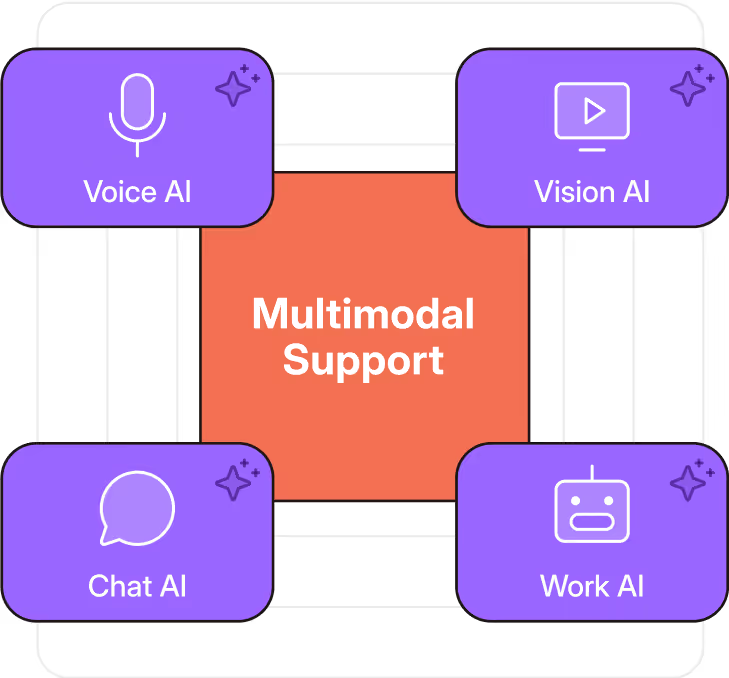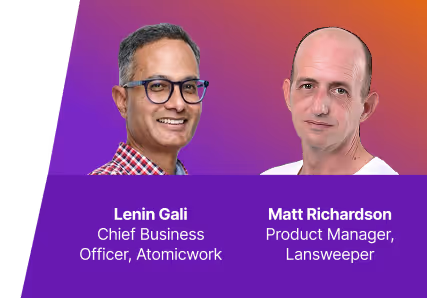


















Traditionally, organizations have built their processes, systems, and workflows with a ticket-first mindset. While it did help IT teams streamline their activities, every request quickly turned into a queue of clicks, triage, and status pings that eat into employees’ time and efforts.
A service-first approach turns that model inside-out. The aim now is to fix the problem in the same channel where it surfaced, capturing an automatic audit record instead of making employees open a formal ticket. Success will no longer be measured by the time taken to close tickets, but the number of issues prevented in the first place.

By 2028, 33% of enterprise software applications will include agentic AI, enabling 15% of day-to-day work decisions to be made autonomously. - Gartner
AI agents working in tandem will quickly replace rigid, rule-based workflows with their contextual reasoning abilities that can work across multiple systems and navigate dynamic changes in interfaces.
These autonomous AI agents can reason, plan, act based on specific goals for faster issue resolutions, self-healing systems, and robust knowledge management.

Today’s complex infrastructure can no longer rely on configuration-heavy tools that need manual effort to set up and correlate. With context-rich systems powered by AI algorithms that automatically capture dynamic user, system, and conversations data, modern IT teams can minimize the setup time, improve the operational visibility and accelerate root cause analysis.

Gartner predicts that by 2030, multimodality will increase AI automation potential by 50%.
As AI models get increasingly better at handling multimodal capabilities to interpret voice and images, employee support is also evolving to support speech commands and screen shares, instead of typing out request forms or querying for help in static portals for every issue.
CIOs are now fully aware that fragmented service desks and department-wise self-service portals erode employee time and trust. When IT, HR, and Finance each run their own service desks, employees juggle between forms and approvals, while data governance does for a toss leading to more scattered data.
A unified, intelligent service layer fixes this friction by bringing together cross-departmental workflows powered by AI-driven context. Employees access services in their flow of work with rich context and businesses have cleaner compliance trails and nuanced analytics.
Our ultimate goal is really to remove all kinds of friction from the workplace so that as an employee, including myself and everybody else, we come into work, and we get done what we need to get done in the fastest, quickest, most efficient way possible.

